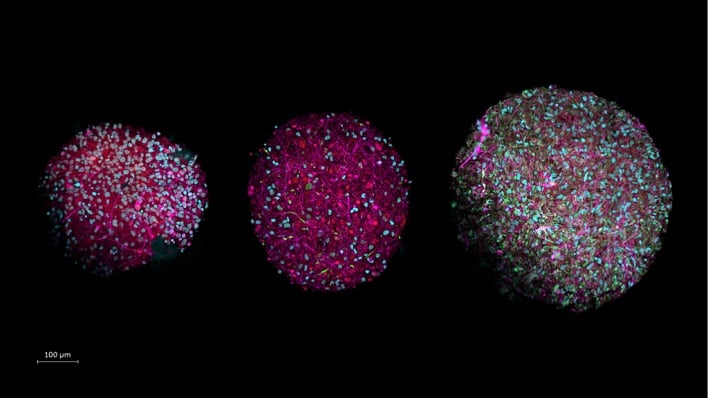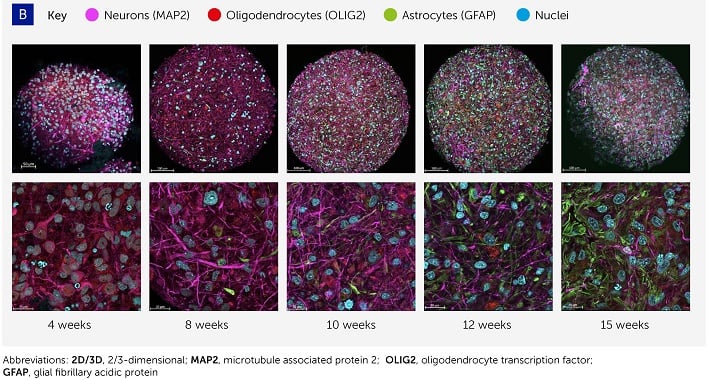Biocomputers Powered By Actual Human Brain Cells Could Leave AI In The Dust

The topic of Artificial Intelligence (AI) has been making headlines recently, as chatbots are beginning to make their way into our everyday lives. Snap CEO Evan Spiegel believes that AI is going to become so integral in everyday life, that we will talk to them like human beings in the near future. But what if how AI is being developed could be improved? What if it was "more-brain-like"? Those are questions a group of scientists is attempting to answer.
"We call this new interdisciplinary field 'organoid intelligence' (OI)," remarked Professor Thomas Hartung of Johns Hopkins University. "A community of top scientists has gathered to develop this technology, which we believe will launch a new era of fast, powerful, and efficient biocomputing."
At the core of the research are brain organoids, which are a type of lab-grown cell culture. While most cell cultures are flat, organoids take on a three-dimensional structure. This trait allows the culture's cell density to be increased by 1,000-fold, and in turn, allows for neurons to form many more connections.
Hartung explains, "While silicon-based computers are certainly better with numbers, brains are better at learning." He added, "For example, AlphaGo (the AI that beat the world's number one Go player in 2017) was trained on data from 160,000 games. A person would have to play five hours a day for more than 175 years to experience these many games."
Another distinct advantage a biocomputer would have over traditional silicon-based computers is the amount of information that can be stored. Hartung estimates the human brain has the ability to store approximately 2,500TB of data. He points out that silicon computers are beginning to reach the physical limits of information they can store, because only so many transistors can be packed onto a tiny chip.

Brain organoid differentiation over time from 4 to 15 weeks
The group of scientists is also researching and developing technologies in order to communicate with organoids. This tech will essentially send the organoids information and then read out what they're thinking. Various disciplines are being looked into, such as bioengineering and machine learning.
"We developed a brain-computer interface device that is a kind of an EEG cap for organoids, which we presented in an article last August. It is a flexible shell that is densely covered with tiny electrodes that can both pick up signals from the organoid, and transmit signals to it," Hartung explained.
In terms of the ethical questions that research such as this raises, Hartung and the other scientists say they are fully aware of the implications and possibilities. They have partnered with ethicists since the beginning in order to create an "embedded ethical" approach.
Organoid Intelligence is still in its infancy, and therefore still a long way from becoming a reality. Dr. Brett Kagan of the Cortical Labs, and part of the current research team, provided proof of concept, as his team shared that a normal, flat brain cell culture can learn to play Pong.
Hartung stated, "Their team is already testing this with brain organoids." He went on to say, "From here on, it's just a matter of building the community, the tools, and the technologies to realize OI's full potential."


